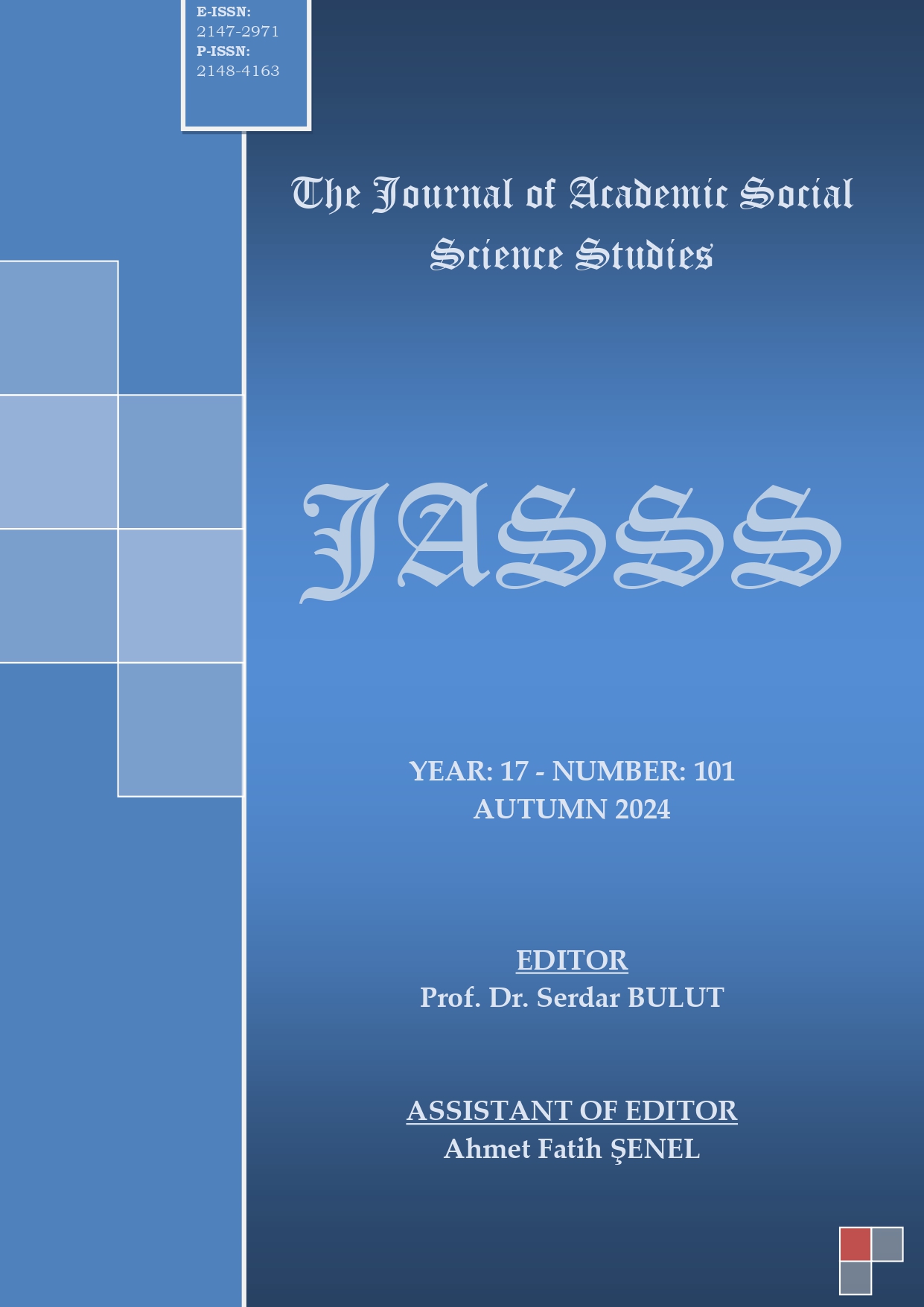Author :
Abstract
Cumhuriyet’in ilanı ile birlikte, şehirler imar edilmeye başlanmıştır. Yeni kurulan Türkiye Cumhuriyeti Devleti’nin farklı birçok şehrinde okul, hastane, çarşı, idari binalar, otel, banka gibi farklı ihtiyaçlara cevap verebilecek yapılara ihtiyaç duyulmuştur. Dönem içerisinde Atatürk’ün teşviki ile yeni yapılar inşa edilmiştir. Kaplıcalar da bu yapılar içerisinde yer almıştır. Doğal kaynak suların yer aldığı ülkemizde, kaplıca turizminin canlandırılması için çağın ihtiyaçlarına cevap verebilecek modern kaplıca yapıları tasarlanmış, proje ve belgelerine ulaşılabilen yapıların tasarım ve inşa sürecinde kamu idarelerinin yer aldığı tespit edilmiştir. Bu yapılardan Bursa Çelik Palas Kaplıca Oteli, ortakları Kamu Banka ve İdarelerinden oluşan Bursa Kaplıcaları Türk Anonim Şirketi tarafından inşa ettirilmiştir. Samsun Havza Kaplıca Oteli Vakıflar Genel Müdürlüğü tarafından projelendirilmiştir. Eskişehir Yenice Kaplıca Hamamı Vakıflar Genel Müdürlüğü tarafından projelendirilerek inşa ettirlmiştir. Yozgat Terzili Kaplıca Otelinin projesi Yozgat Valiliği tarafından açılan bir yarışma ile elde edilmiştir. Yalova Termal Otelin projeleri ise, o zamanki ismi Akay İdaresi olan Şehir Hatları tarafından yarışma ile elde edilerek inşa ettirilmiştir.
Çalışma kapsamında tespit edilen kaplıca yapılarının tarihçesi ve mimari özellikleri Vakıflar Genel Müdürlüğü Arşivi, Devlet Arşivleri ve Arkitekt dergisinde yer alan bilgi, belge ve projeler ile literatürde yer alan çalışmalar doğrultusunda incelenmiştir. Bursa, Yalova, Yozgat, Samsun ve Eskişehir illeri için tasarlanan her bir yapı kendi mimari programı doğrultusunda tasarlanmıştır. 1923-1938 yılları arasında projelendirilen kaplıca yapılarının farklı mimari üsluplarla tasarlandığı, dönem içerisindeki mimari üslup arayışının bu yapıların tasarımına da yansıdığı görülmüştür.
Keywords
Abstract
With the declaration of the Republic, cities began to be developed. In many cities of the newly established Republic of Turkey, there was a need for structures that could meet different needs such as schools, hospitals, markets, administrative buildings, hotels, and banks. During the period, new structures were built with the encouragement of Atatürk. Thermal springs were also among these structures. In our country, where natural spring waters are available, modern thermal spring structures that could meet the needs of the age were designed to revitalize thermal spring tourism, and it was determined that public administrations were involved in the design and construction process of structures whose projects and documents were accessible. Of these structures, Bursa Çelik Palas Thermal Spring Hotel was built by Bursa Thermal Springs Turkish Joint Stock Company, whose partners are Public Banks and Administrations. Samsun Havza Thermal Spring Hotel was designed by the General Directorate of Foundations. Eskişehir Yenice Thermal Bath was designed and built by the General Directorate of Foundations. The project of Yozgat Terzili Thermal Spring Hotel was obtained through a competition opened by the Yozgat Governorship. The projects of Yalova Thermal Hotel were obtained through a competition and built by the City Lines, which was called Akay Administration at that time.
The history and architectural features of the thermal spring structures identified within the scope of the study were examined in accordance with the information, documents and projects in the General Directorate of Foundations Archive, State Archives and Arkitekt magazine, as well as studies in the literature. Each structure designed for the provinces of Bursa, Yalova, Yozgat, Samsun and Eskişehir was designed in accordance with its own architectural program. It was observed that the thermal spring structures designed between 1923-1938 were designed with different architectural styles, and the search for architectural styles during the period was also reflected in the design of these structures.





